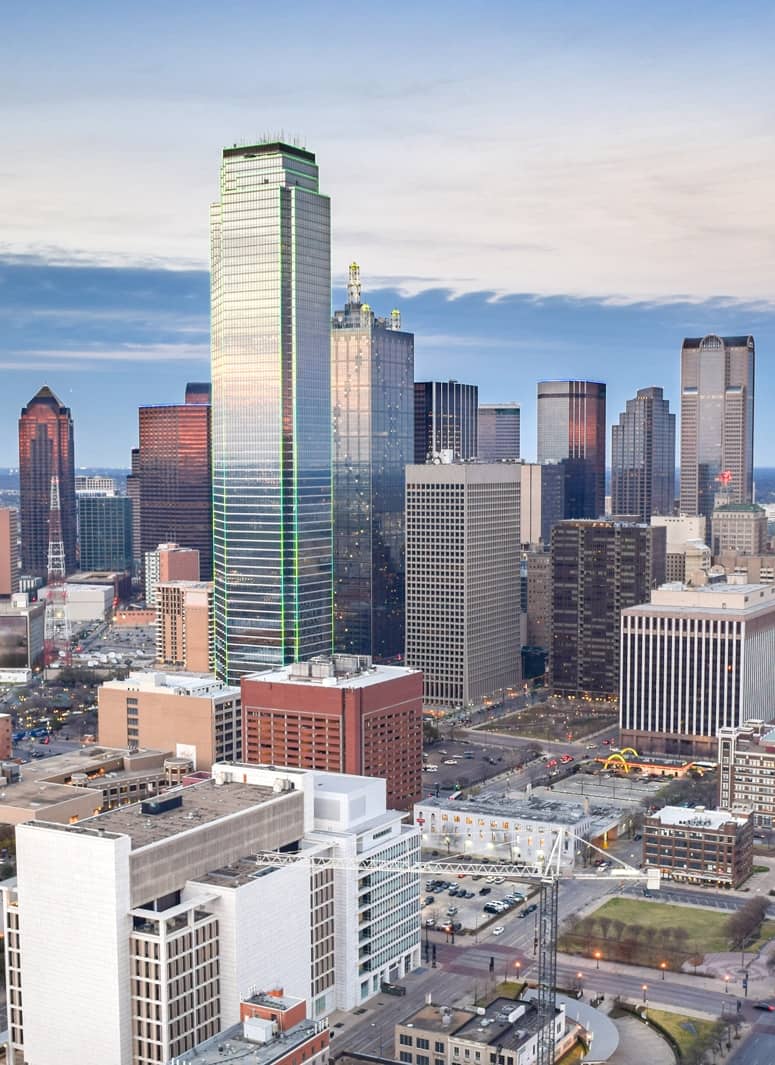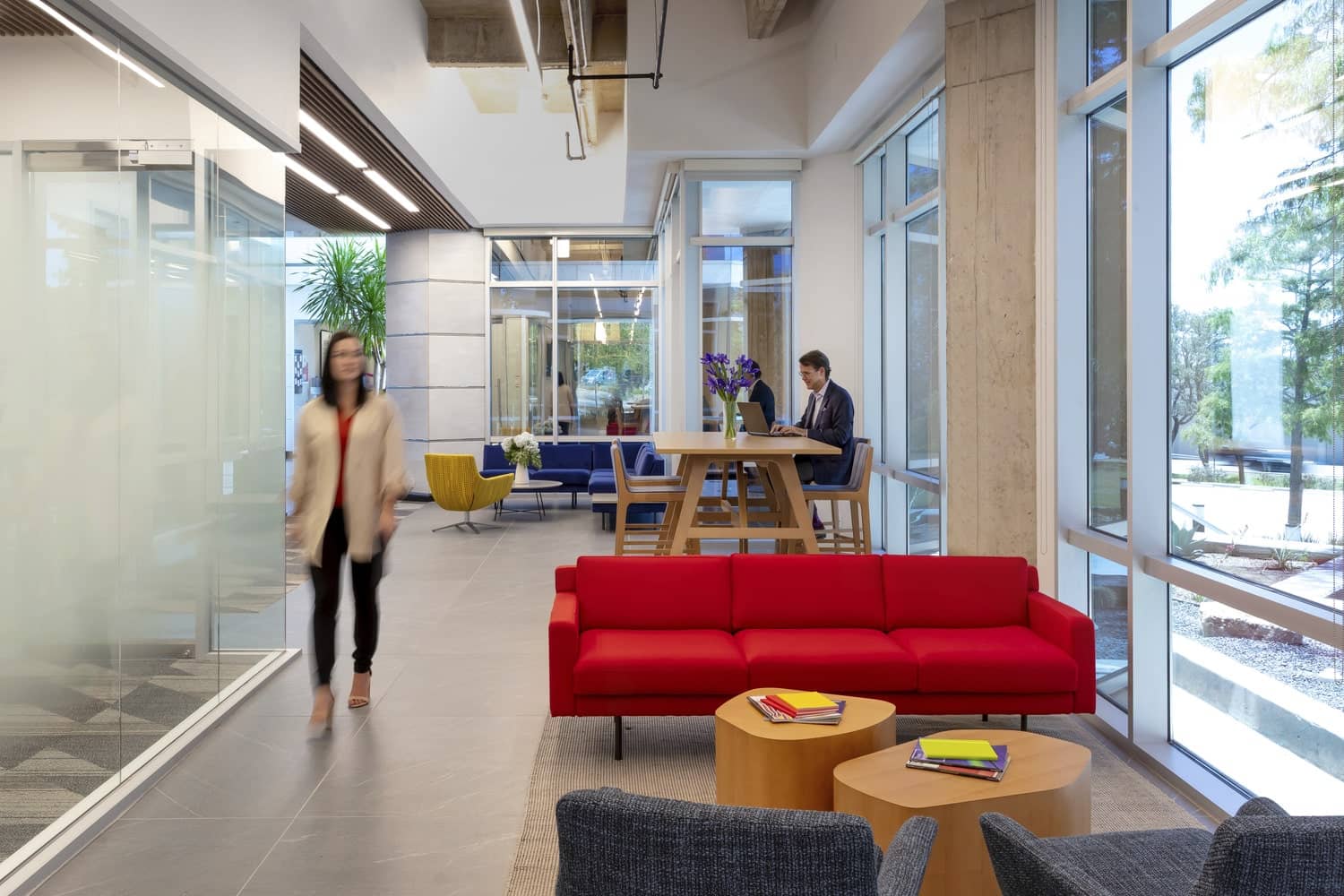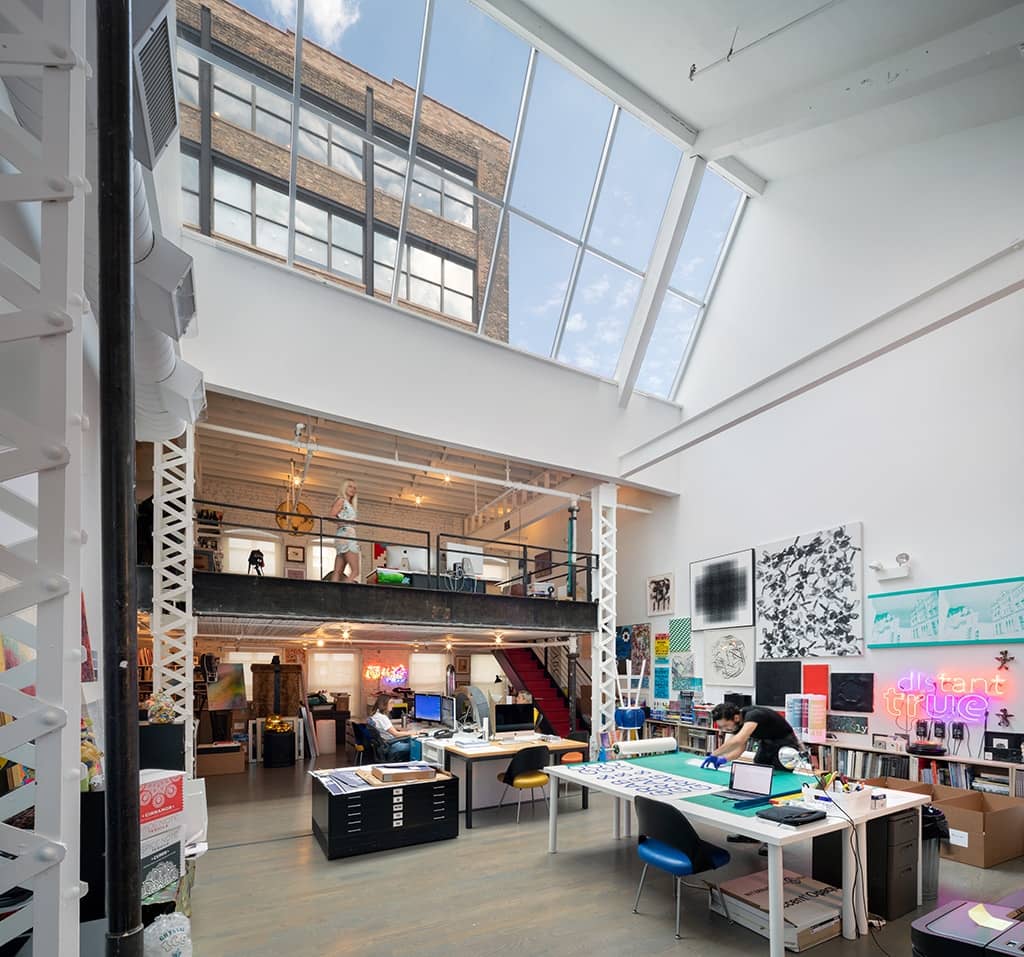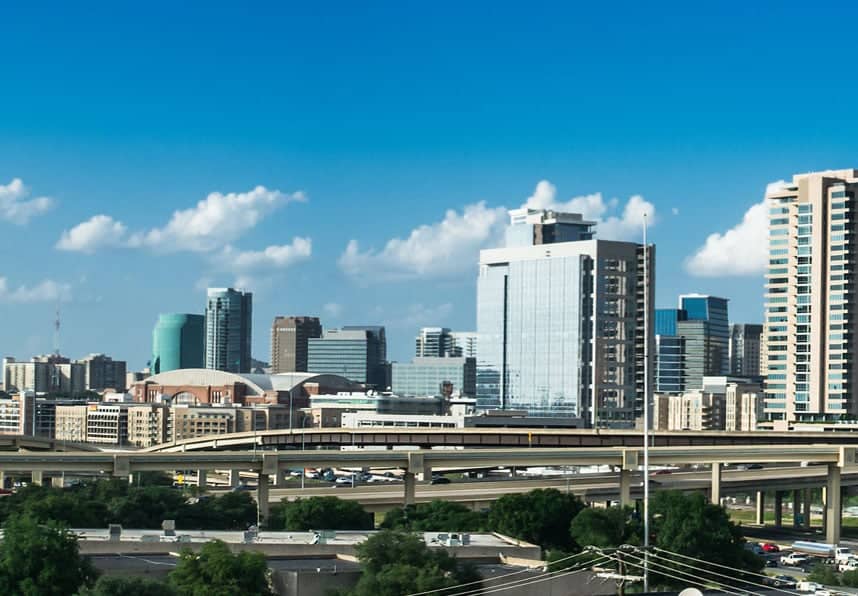The idea of “smart cities” is not so much that they magically have more intellectual firepower, but rather that they make better use of new technologies. The result is that systems central to metro and suburban areas become more efficient and less costly.
What’s a Smart City?
The difference between a smart city and a traditional metro core is much like the difference between a classic car and a Tesla. They’re both cars but they’re not the same. The classic car was and is still great, but it relies on outdated technology while the Tesla has fewer parts and newer technology and software that can be updated remotely.
The Tesla is more than simply a car, it’s also part of a broader system. Combine it with a solar-powered home, an on-site battery back-up, and a garage that includes a power hook-up and you’re pretty self-sufficient, as it relates to energy. Instead of centralized electrical power and a need for other fuel sources, such as coal, natural gas, oil, or nuclear fuel and the pollution, dangers, and costs they represent, you have free fuel source and a distributed power system.
And that, in essence, is the nature of a smart city. It’s a system that brings together old needs and modern technologies in new ways, which can be achieved worldwide. Smart cities build on existing structures and systems and make them better with technologies unavailable to past generations.
How the COVID-19 pandemic has sped up smart-city visions
The COVID-19 pandemic has been terribly damaging to countries worldwide, and yet it has also created a new environment where smart cities are increasingly desired. According to GovThink, the COVID-19 pandemic has encouraged city leaders and planners to explore on a deeper level how to improve their city through smart city technology,” pointing out that , the future of the smart city may arrive sooner than anticipated, thanks to the drive to rebuild local economies and encourage population growth.
What does it take to create a smart city?
For everyone to fully benefit from smart city technologies there must be widespread interconnectivity, but for many that may not currently be the case.
Earning $30,000 a year — or less — is hardly unusual. According to the Social Security Administration, 46.5% of all workers made less than $30,000 in 2018. A 2019 study by the Pew Research Center found many low-income households — those with incomes less than $30,000 a year — lacked access to modern electronic services.
- About 30% didn’t own a smartphone.
- More than four-in-ten don’t have home broadband services (44%) or a traditional computer (46%).
How do you apply for a job online or do homework without electronic access? And how can you maximize smart city benefits if you don’t have full access to the system?
Among the population in general there’s a widespread lack of the interconnectivity that’s a necessary precursor to smart cities.
According to the Urban Institute, many residents lack the internet access, connected devices, and digital literacy to fully participate in online work, education, and civic life. In 221 large and medium-sized US cities, at least 30 percent of all households still lacked a wireline broadband connection (e.g., cable, fiber optic, or DSL) in 2018.
To create a smart city requires all the technologies and data one would expect, but equally important the system and its benefits must be universally available, a dilemma that must be overcome in order to achieve the creation of smart cities universally.
Barriers
Smart cities — for all of their advanced technologies — have barriers to overcome. Fotech Solutions, a part of BP, polled 100 leading smart city experts in September and found several preferences.
- 80% were most likely to invest in technologies that maximized the value of existing infrastructure.
- 35% said cost was a major concern.
- More than cost, respondents — 49% of those surveyed — thought privacy was a major issue.
“The findings of this research, said Fotech Solutions CEO Chris Shannon, “not only demonstrate that the appetite for smart city progress remains strong, they also highlight the need for more practical approaches to creating smart city systems — using innovation to extract more value from infrastructure that has already been expensively installed.”
How does the office impact smart cities?
Technology today moves across the world with unparalleled speed, and of course a price tag. Smart city platforms are now a $138.7 billion business according to MarketsandMarkets. That’s a huge number and it’s destined to get larger. By 2025, says the company, market size is likely to reach $236 billion.
But the price tag may be cheap when you consider the benefits. Cities using new technologies will become more livable, less polluted, and more desirable places to live and work. Smart buildings such as The Edge in Amsterdam will have a major role in smart city development.
To start, the building is green, really green. The BBC reports that in 2014 The Edge set a record with a score of 98.36% using the Building Research Establishment Environmental Assessment Methodology (BREEAM). And that’s not all.
According to Bloomberg, “a day at the Edge in Amsterdam starts with a smartphone app developed with the building’s main tenant, consulting firm Deloitte. From the minute you wake up, you’re connected. The app checks your schedule, and the building recognizes your car when you arrive and directs you to a parking spot.
“Then the app finds you a desk. Because at the Edge, you don’t have one. No one does. Workspaces are based on your schedule: sitting desk, standing desk, work booth, meeting room, balcony seat, or ‘concentration room.’ Wherever you go, the app knows your preferences for light and temperature, and it tweaks the environment accordingly.”
Similar office technology and programs, such as Maptician, a program designed to help manage property amenities and tenant office space, are already being implemented across KBS properties. But, part of being a smart office in a smart city is the ability to adapt to both current and new technology. Certifications like ENERGY STAR and LEEDfocus on a property’s carbon footprint and environmental impact, while certifications like WiredScore are designed to improve and maximize a property’s digital infrastructure.
A strong digital infrastructure provides better connectivity via in-office resources and tools, mobile/remote accessibility and more intelligent buildings. Intelligent buildings are more efficient, user-centric and adaptable for owners and tenants/employees alike. While we cannot predict what exciting technologies are ahead, relying on adaptable systems now enables lower-cost and potentially lower-maintenance updates as technologies continue to advance.
In the end, as Plato told us, “the City is what it is because our citizens are what they are” and surely smart cities will attract large numbers of individuals and businesses simply because they’ll be the places where much of the population will want to live.
To learn more about trending topics, including office sustainability and live-work-play properties, visit us at KBS.com.




